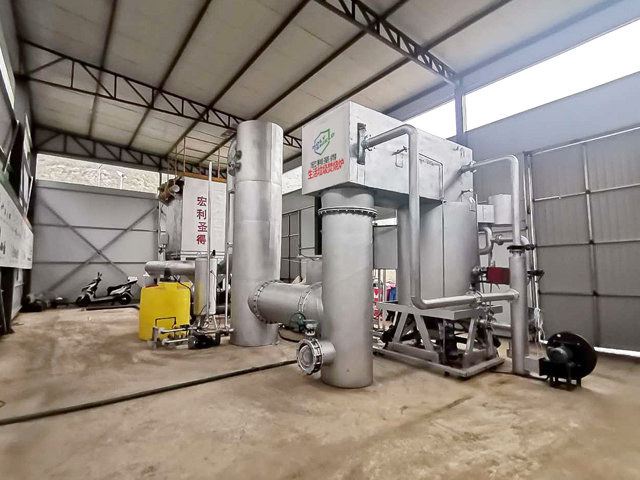
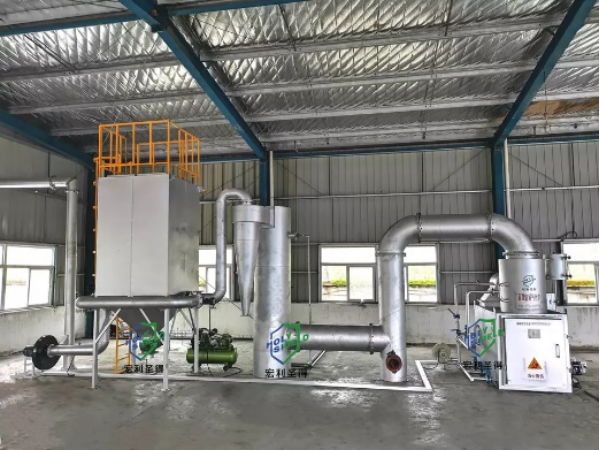
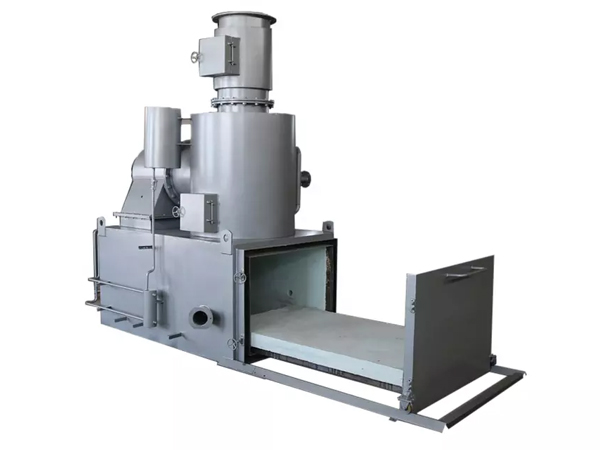
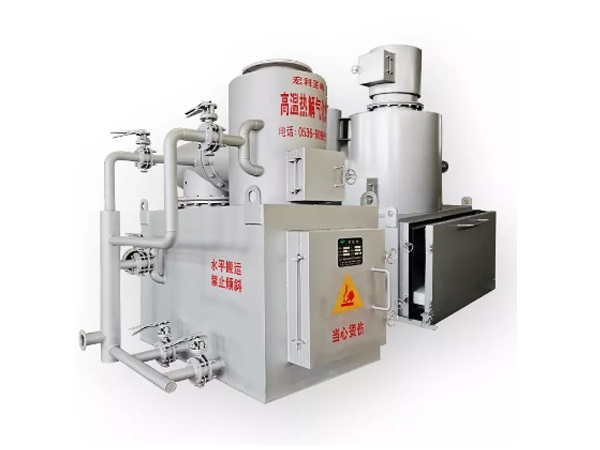
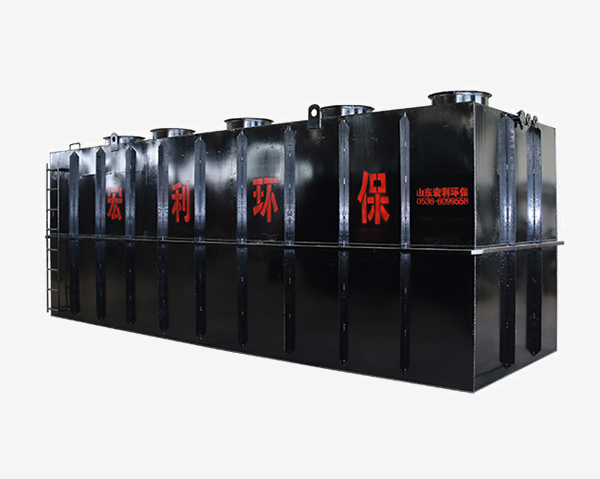
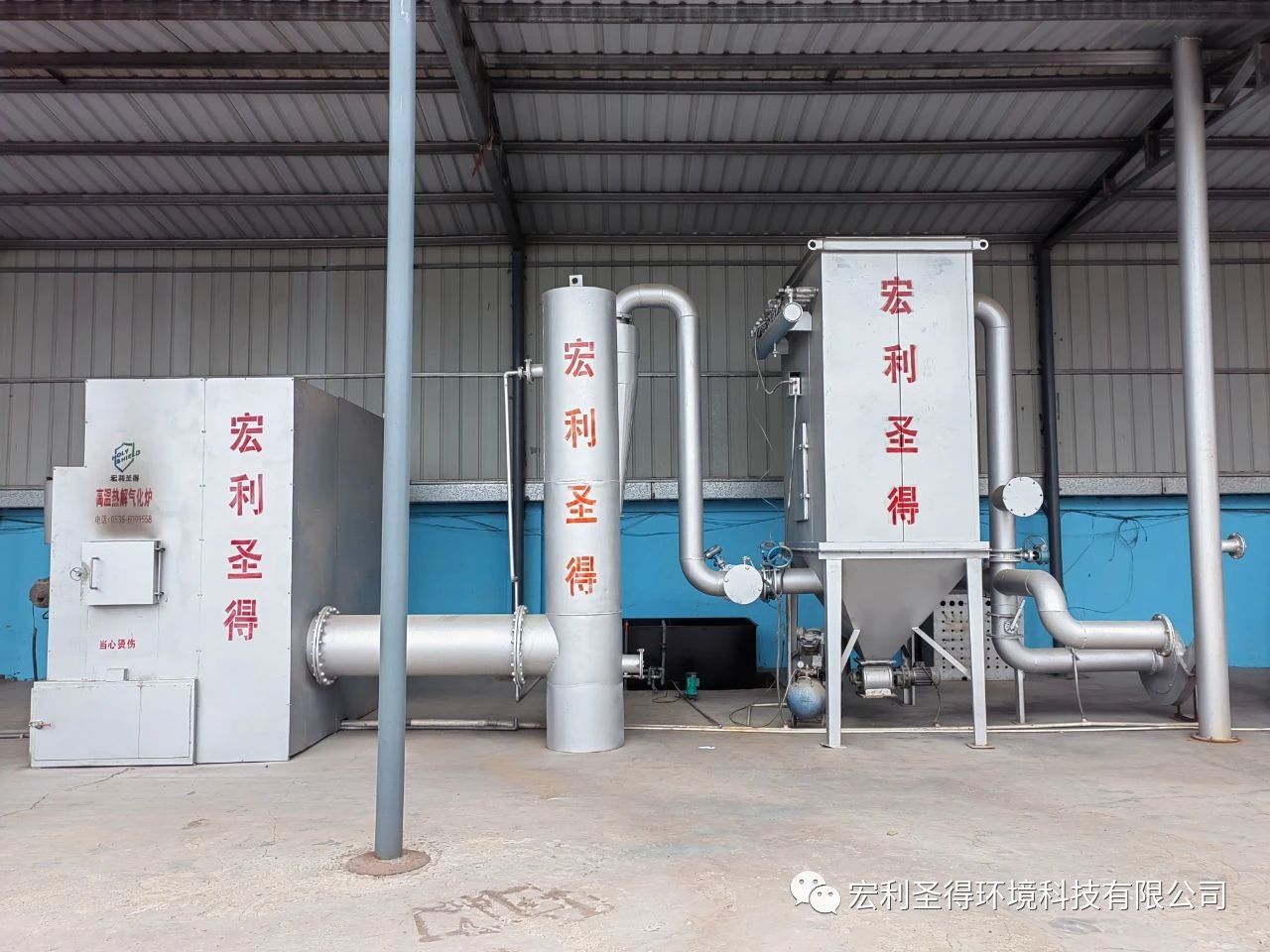
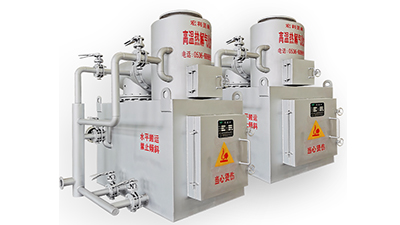
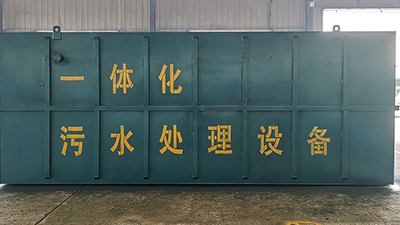
Waste incinerator is a kind of mechanical equipment that can effectively process domestic waste, medical waste, organic waste, etc. Waste to energy incinerator pollution is a concern of many people. What pollutants are there in the combustion of waste incinerators? Let's take a look!
The main pollutants emitted by waste incinerators are: nitrogen oxides, particulate matter, sulfur dioxide, hydrogen chloride, mercury and its compounds, cadmium, thallium and its compounds, dioxins, carbon monoxide, etc.
Particulate matter: Solid or liquid particulate matter in the atmosphere. A large amount of particulate matter falls on plant leaves and affects plant growth, and it can stain and corrode on buildings and clothes. Particles with a particle size of less than 3.5 microns can be inhaled into human bronchi and alveoli and deposited, causing or aggravating diseases of the respiratory system. A large amount of particulate matter in the atmosphere interferes with the radiation of the sun and the ground, thereby affecting the regional and even global climate.
Dioxins: a colorless, odorless, and highly toxic fat-soluble substance. The natural microorganisms and hydrolysis have little effect on the molecular structure of dioxins. Therefore, it is difficult to naturally degrade and eliminate dioxins in the environment. Experiments have shown that it can damage a variety of organs and systems, and the International Center for Cancer Research has classified it as a first-class human carcinogen.
Nitrogen oxide: It can irritate the lungs, making it harder to fight respiratory diseases such as colds. People with respiratory problems, such as asthmatics, are more susceptible to nitrogen dioxide. In children, nitrogen oxides may impair lung development. Studies have pointed out that long-term inhalation of nitrogen oxides may lead to changes in lung structure, but it has not yet determined the amount of nitrogen oxides and the time of inhalation of gases that cause this effect.
Sulfur dioxide: one of the main pollutants in the atmosphere, has a pungent odor. In the atmosphere, sulfur dioxide will oxidize to form sulfuric acid mist or sulfate aerosol, which is an important precursor for environmental acidification. The concentration of sulfur dioxide in the atmosphere above 0.5ppm has a potential impact on the human body; when it is 1~3ppm, most people start to feel irritation; when it is 400~500ppm, people will experience ulcers and pulmonary edema until death by suffocation. Sulfur dioxide has a synergistic effect with soot in the atmosphere. When the concentration of sulfur dioxide in the atmosphere is 0.21ppm and the concentration of soot is greater than 0.3mg/L, the incidence of respiratory diseases will increase, and the condition of patients with chronic diseases will deteriorate rapidly.
With the upgrading of waste furnace design technology, waste to energy incinerator pollution has been solved very effectively. For example, the waste incinerator produced by Holy Shield can reach a maximum temperature of 1200°C during incineration, which can achieve the purpose of reducing waste as much as possible. The design of the first and second combustion chambers can effectively avoid odor and black smoke when burning garbage, so that the emission meets the relevant national standards.